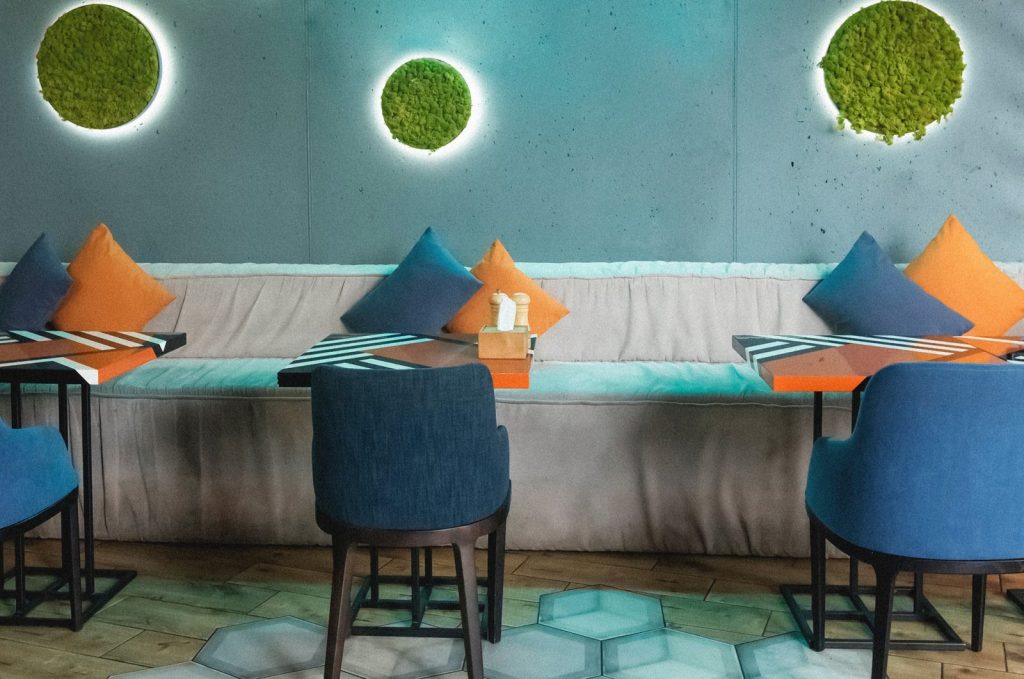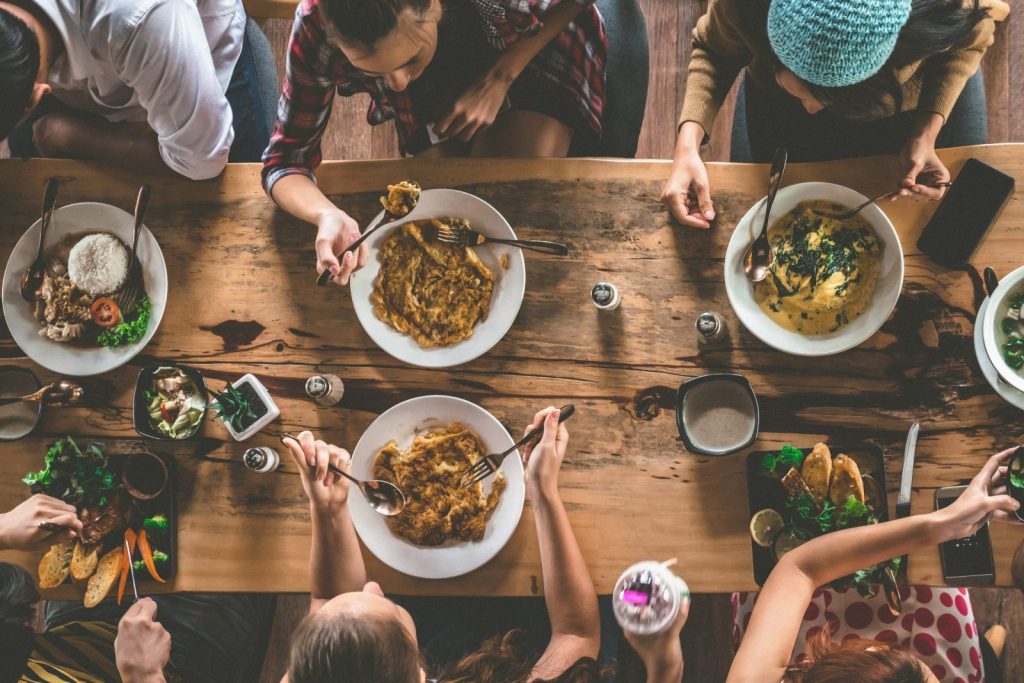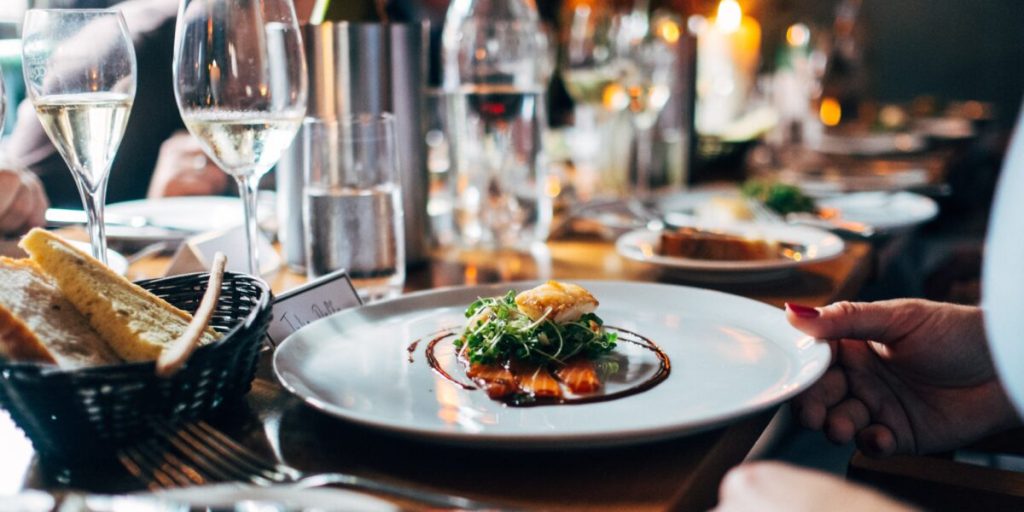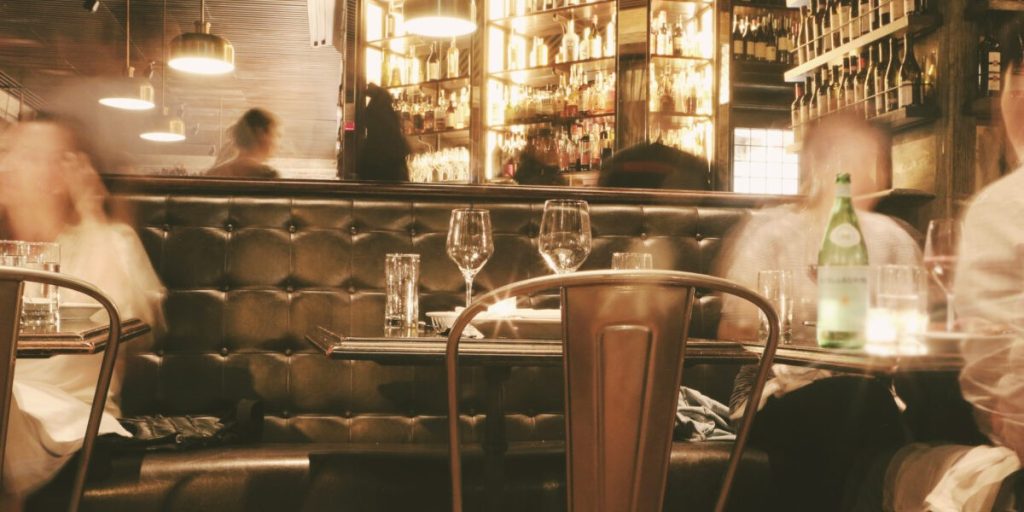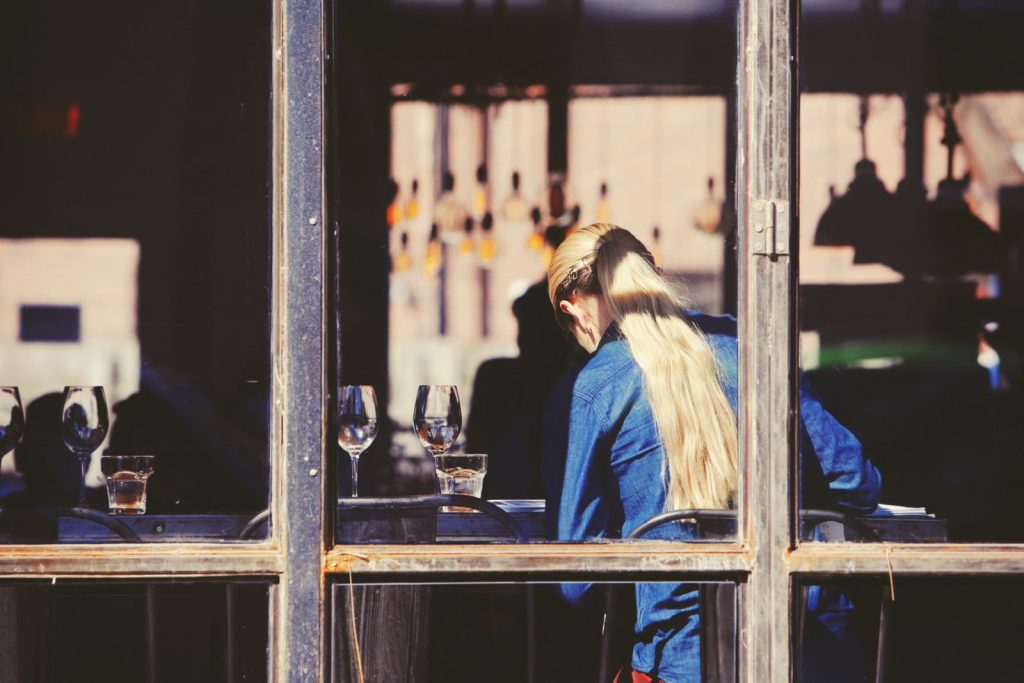Restaurant Marketing and Customer Acquisition After Coronavirus
Restaurants affected by COVID-19 are getting creative with their customer acquisition strategies. Read our restaurant marketing tips for inspiration. The restaurant industry has been singled out as one of the kinds of businesses most impacted by the coronavirus crisis. Government orders have closed dining rooms across the country. At the same time, many eateries have …
Restaurant Marketing and Customer Acquisition After Coronavirus Read More »

